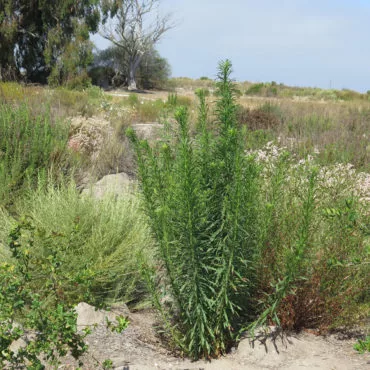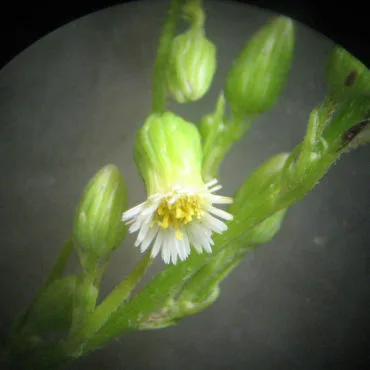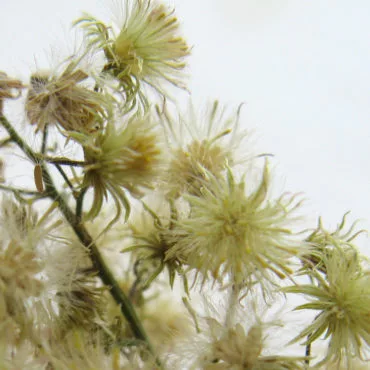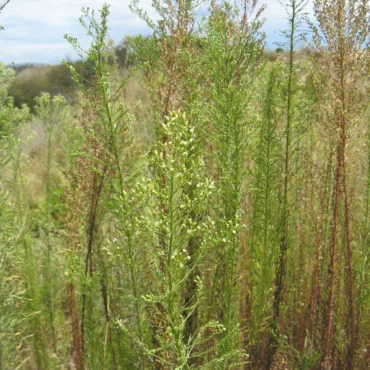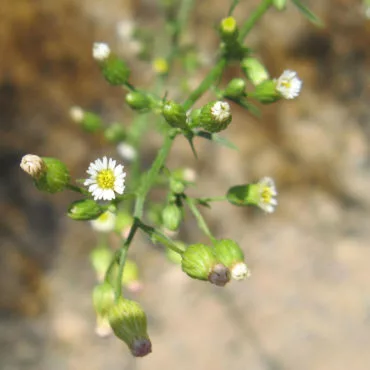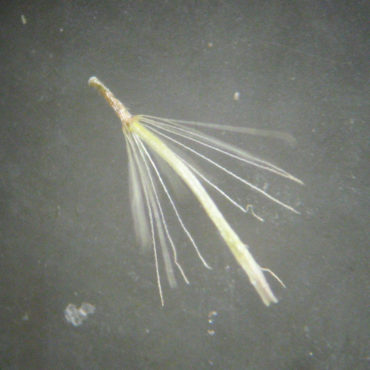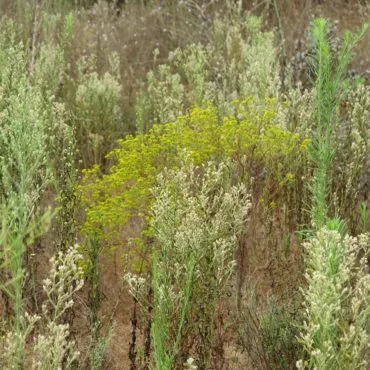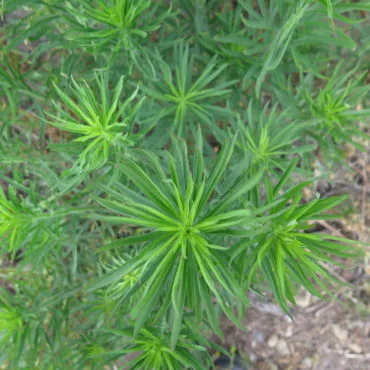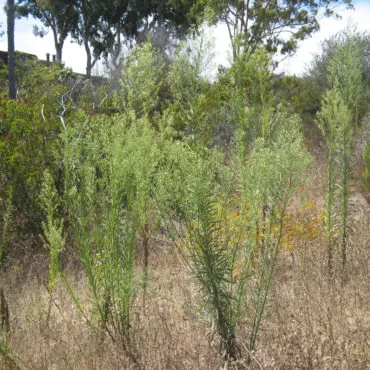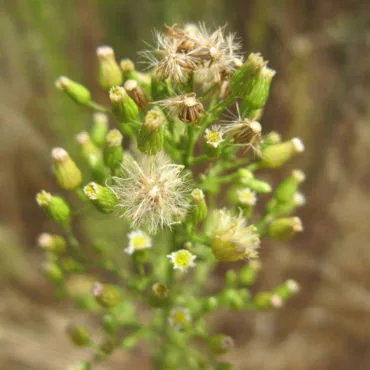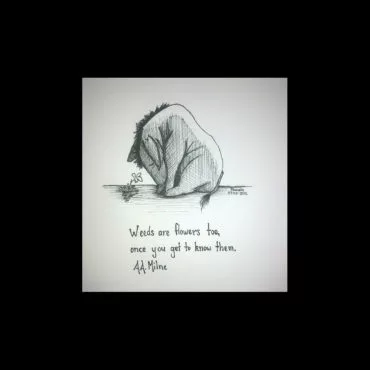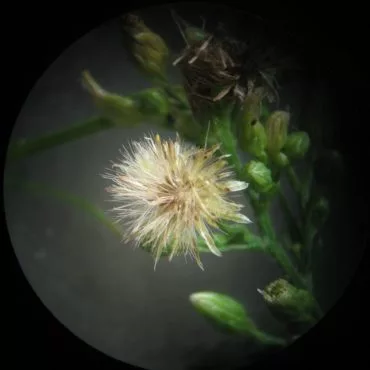How can one admire a plant so common that it has been described as “the plant equivalent of grey noise”?293
Horseweed (Erigeron canadensis, also called Conyza canadensis) is native across much of North America. In our area, it is a frequent inhabitant of disturbed areas, but, unlike most weeds, it is rarely found in undisturbed, native vegetation. Horseweed is not unattractive. It’s erect habit and green foliage gives it a statuesque appearance that contrasts with the grayish, shrubby plants of the sage scrub. Admittedly, the numerous, daisy-like flowers are inconspicuous, but if horseweed were less common, or if it had a showy flower display, it might be a welcome sight, not a bit of “grey noise”.


